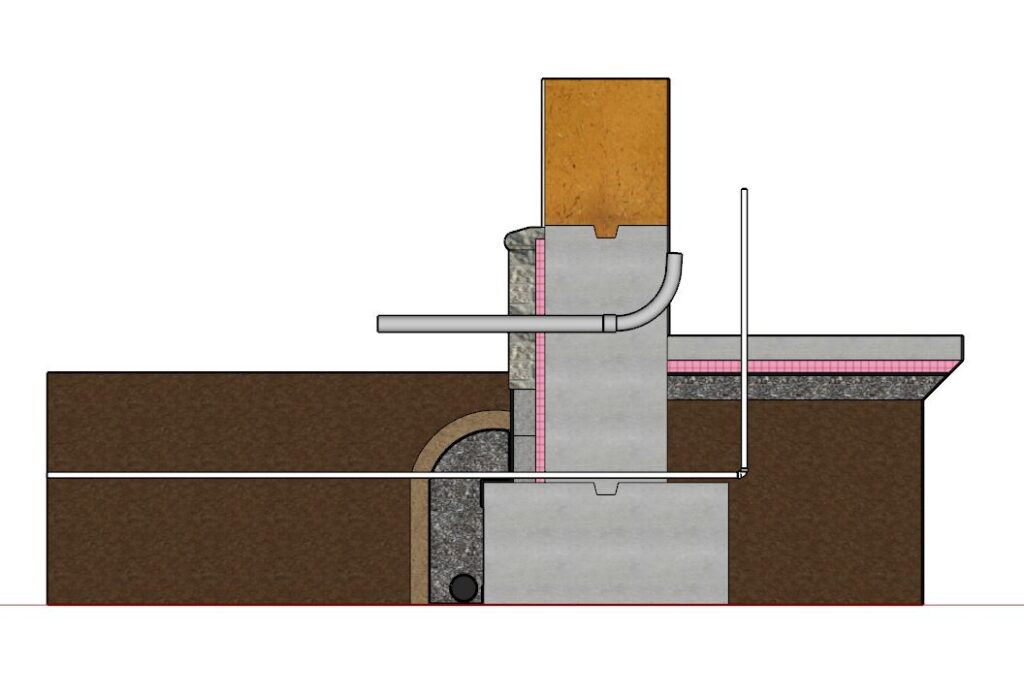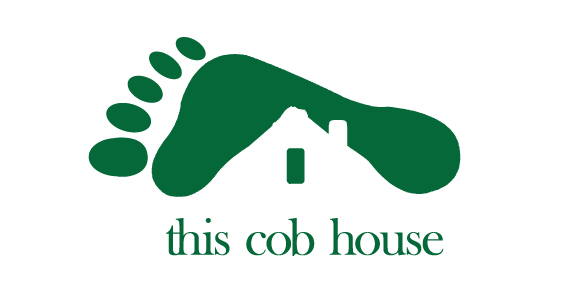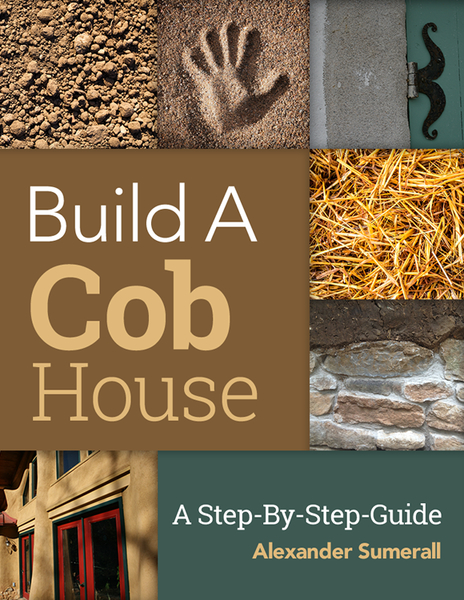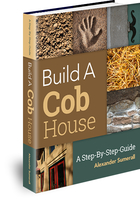It’s important to give careful consideration to how your electrical and water systems will be integrated with an earth wall building. Unlike a hollow stud-framed wall to run your wires and pipes through, an earthen wall is a solid mass that can not be opened up. A plan for how you will install and integrate your utilities needs to be done in the design and planning stage and should not be left to figure out once your structure is built.

Electricity
One advantage to earth walls is that they don’t catch fire. This doesn’t mean that you can cut corners on how your electrical system is installed though. Always install electrical systems as close to code as possible, and hire a certified electrician whenever necessary.
There are a few strategies for how to integrate electrical wiring systems into an earthen building.
One strategy is to install conduit pipes through your earth walls that you can easily run your wires through. The method for installing conduits varies depending on the type of earthen construction you use. Conduits can be attached to the formwork if you’re doing rammed earth or slipform cob. Then the earthen material is added around the conduits as you build the wall up inside the forms. Conduits can also be attached to the outside of earth walls for an exposed conduit.
Another strategy for electrical installation that works well for small homes is to have a conventional stud frame wall between the kitchen and bathroom that contains all of your major electrical and water lines through it. Since it’s a hollow stud-frame wall, you can more easily install and access these utilities.
Water
Leaky water pipes inside of earth walls is a dangerous situation. If a leaky pipe is installed inside of an earth wall, you might not be able to see the leak and you won’t have access to it even if you do. So it’s important to think about how you will safely and efficiently set up your water utilities system.
Leaky pipes inside of earthen walls can cause significant structural damage. The general rule of thumb to avoid this situation is to never install water pipes inside or through cob walls. Especially, do not install pipe joints inside of earth walls since these are most likely to be your points of leaking.
In most cases, water lines should run into your building underneath the foundation and come up through the foundation at any points of access. Water lines should always be buried beneath the frost line so they don’t freeze and crack in cold times. If you need assistance with setting up a water utility system, consult a professional plumber.



